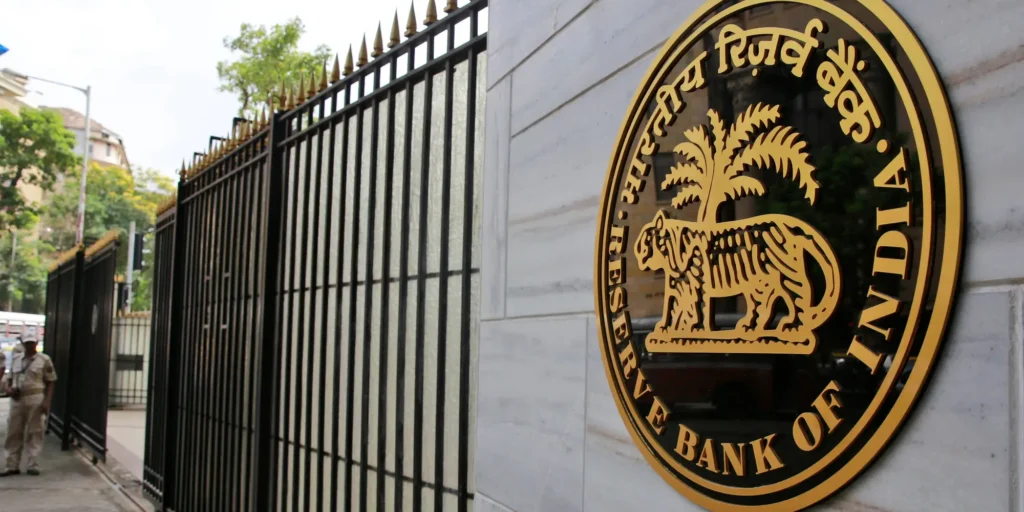The Reserve Bank of India (RBI) has announced updates to the SAARC Currency Swap Framework for 2024–2027, aiming to bolster financial stability among member countries of the South Asian Association for Regional Cooperation (SAARC). This initiative reflects RBI’s ongoing efforts to enhance economic cooperation and manage foreign exchange and liquidity challenges effectively.
Key Highlights of the Revised Framework
One of the standout features of the new framework is the introduction of a dedicated Indian Rupee (INR) Swap Window. This new facility, with a corpus of ₹250 billion, is designed to facilitate smoother currency swaps in INR. The goal is to promote the use of the Indian Rupee among SAARC nations, making regional trade and financial transactions more seamless and integrated.
Dollar and Euro Swap Provisions Remain
Alongside the INR swap option, the RBI continues to offer swap lines in US Dollars and Euros, totaling $2 billion. These provisions ensure that SAARC countries have access to a range of major currencies, catering to diverse economic needs and preferences within the region. The flexibility to swap in different currencies helps cushion the member states against potential currency shocks and enhances their financial resilience.
How the Swap Facility Operates
The operational mechanism under this framework involves direct currency swap agreements between the RBI and the central banks of SAARC countries. These agreements outline the specific terms and conditions for currency exchanges, providing a structured and predictable system for accessing financial support. The swap lines are essentially pre-arranged agreements that allow countries to borrow currencies from each other during times of financial stress, thus ensuring liquidity and economic stability.
Origins and Purpose of the SAARC Currency Swap Facility
First introduced in November 2012, the SAARC Currency Swap Facility was created as a financial safety net for member countries facing short-term balance of payments challenges. It was envisioned as a stop-gap measure to provide immediate relief until more permanent solutions could be implemented. This facility underscores the spirit of regional solidarity and mutual support that is central to SAARC’s mission of fostering economic stability and cooperation.

Eligibility and Access to the Facility
To access the currency swap facility, SAARC member countries must enter into bilateral swap agreements with the RBI. These agreements are tailored to ensure that the terms of support align with both the individual and collective economic goals of the participating countries. This bilateral approach facilitates mutual understanding and agreement on the conditions under which financial assistance is provided, fostering a cooperative environment for addressing economic challenges.
In essence, the RBI’s revision of the SAARC Currency Swap Framework represents a proactive step towards strengthening regional financial stability and cooperation. By offering flexible currency swap options and reinforcing the use of the Indian Rupee, the new framework is poised to play a crucial role in supporting the economic resilience of SAARC countries in the coming years.












